
Ingredient
Parsley
The Versatile Herb
Parsley is a leafy herb with vibrant green leaves and a mild, slightly peppery flavor. It is commonly used as a garnish, but it also adds a refreshing taste and aroma to soups, salads, sauces, and marinades. Parsley is a staple in Mediterranean and Middle Eastern cuisines.
Origins and history
Parsley is native to the Mediterranean region and has been cultivated for over 2,000 years. It was highly regarded by the ancient Greeks and Romans for its medicinal properties and was often used as a symbol of victory and celebration. Today, parsley is widely cultivated and used in various culinary traditions around the world.
Nutritional information
Parsley is low in calories and a good source of vitamins A, C, and K. It also contains antioxidants and minerals like iron and calcium. The herb is known for its high chlorophyll content, which may have detoxifying properties.
Allergens
There are no known allergens associated with parsley.
How to select
When selecting parsley, look for bunches with vibrant green leaves that are crisp and free from wilting or yellowing. Avoid bunches with slimy or discolored stems. Fresh parsley should have a fresh, clean aroma.
Storage recommendations
To store parsley, trim the stems and place the bunch in a glass of water, covering the leaves with a plastic bag. Store it in the refrigerator, changing the water every few days. Alternatively, you can wrap the parsley in a damp paper towel and place it in a plastic bag in the refrigerator. Properly stored, parsley can stay fresh for up to two weeks.
How to produce
Parsley can be easily grown in containers or in the ground. It prefers well-drained soil and partial to full sun. Regular watering and occasional fertilization can help promote healthy growth. Harvest the outer leaves as needed to encourage continuous growth.
Preparation tips
Parsley can be used in a variety of dishes and cuisines. It is commonly used as a garnish for its vibrant color and fresh aroma. It can also be added to salads, soups, stews, sauces, and marinades. Parsley pairs well with garlic, lemon, and olive oil, enhancing the flavors of Mediterranean and Middle Eastern dishes.
Availability
Parsley is widely available and cultivated in many regions around the world. It is commonly found in Mediterranean, Middle Eastern, and European cuisines.
More ingredients from this category
Recipes using Parsley » Browse all
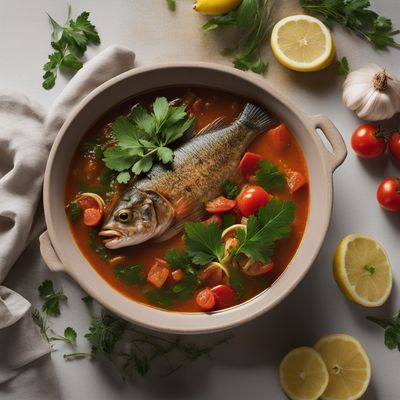
Maltese Fish Soup
Mediterranean Delight: Maltese Fish Soup

Spanish Tomato Soup
Sun-Kissed Tomato Delight
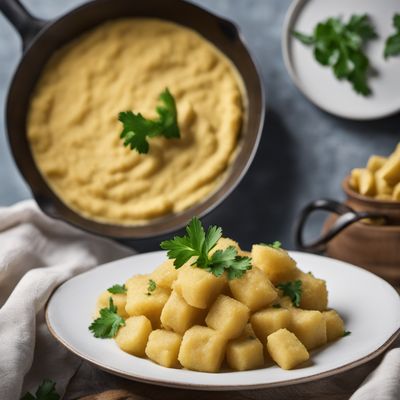
Creamy Cornmeal Gnocchi with Potatoes and Sour Cream
Golden Delight: Creamy Cornmeal Gnocchi with a Twist
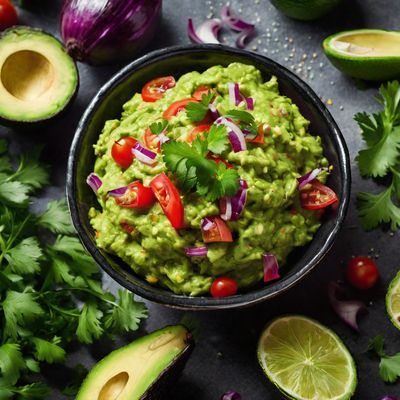
Turkish-style Guacamole
Creamy Avocado Dip with a Turkish Twist

Arbëreshë-style Jerez Rice
Savor the Fusion: Arbëreshë-style Jerez Rice with a Mediterranean Twist

Huesenziwwi with a Twist
Savory Swiss Chicken Stew with a Flavorful Twist
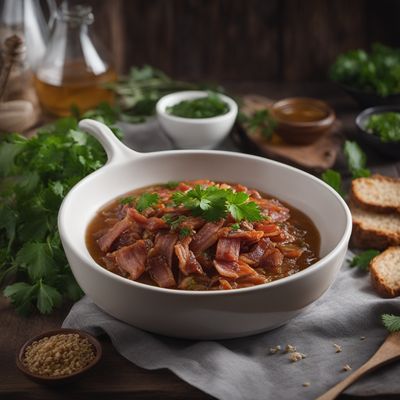
Kwaśnica with a Twist
Savory Sauerkraut Stew: A Flavorful Twist on Kwaśnica
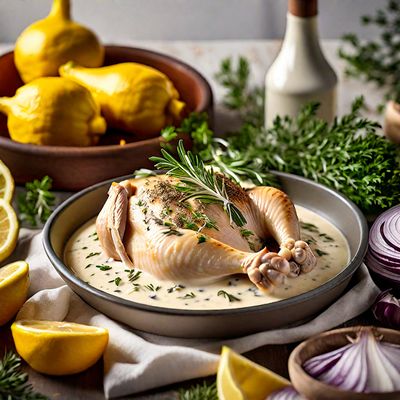
Murgh Malai - Creamy Chicken Curry
Creamy Chicken Curry with a Croatian Twist

Chinese American Style Cheesy Meatballs
Savory Cheese-Stuffed Meatballs with a Chinese American Twist
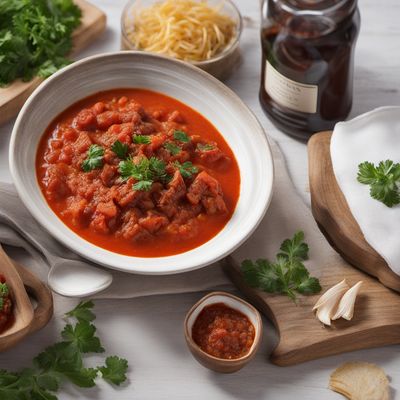
Bocartes en Cazuela with Tomato and Garlic Sauce
Spanish Delight: Crispy Bocartes in Flavorful Tomato and Garlic Sauce
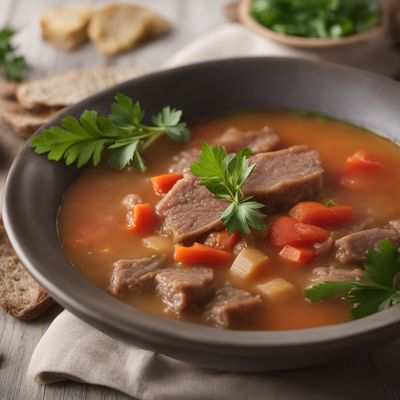
Roman-style Tripe Soup
Tripe Delight: A Roman Twist on a Classic Colombian Soup

Stuffed Onions with a Turkish Twist
Savor the Flavors of Turkey with Stuffed Onions